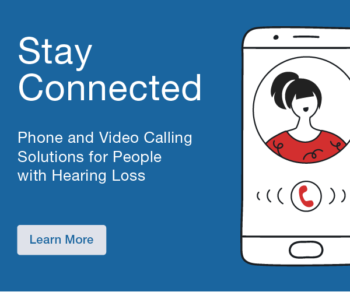Current hearing aid prescriptive approaches for children are designed to individually maximize audibility in each ear. This approach optimizes speech audibility, but an unintended consequence of this approach is that asymmetries in hearing may occur when the child is wearing their hearing aids. There is little evidence about the potential negative impacts of aided asymmetries in hearing that would help to guide audiologists’ decision-making about whether to optimize audibility or minimize asymmetrical outputs between ears. This presentation will review the prevalence of asymmetrical hearing in children with hearing loss, as well as the potential impacts on perception and language outcomes for children with bilateral hearing loss.
Learning Objectives:
- Describe the prevalence of unaided and aided hearing asymmetries in children with hearing loss.
- Evaluate the impact of asymmetrical hearing on language outcomes in children with hearing loss.
- Incorporate outcome measures that are sensitive to differences that arise from asymmetrical hearing in children.



